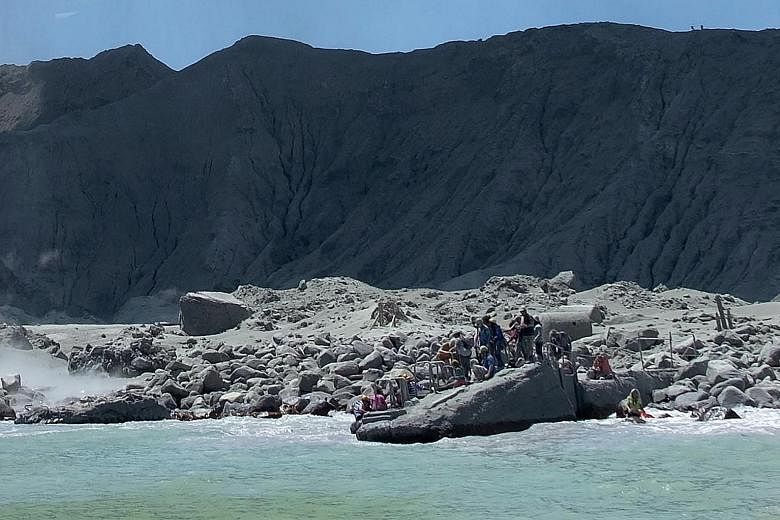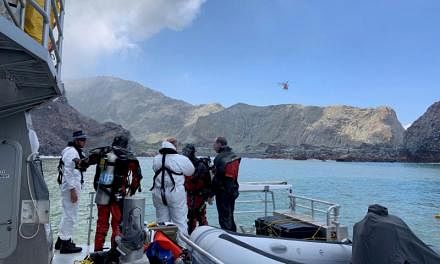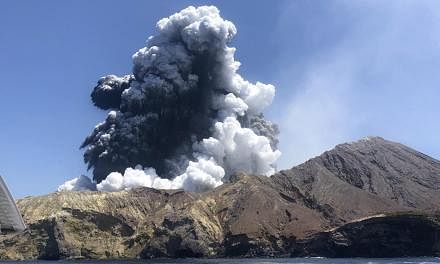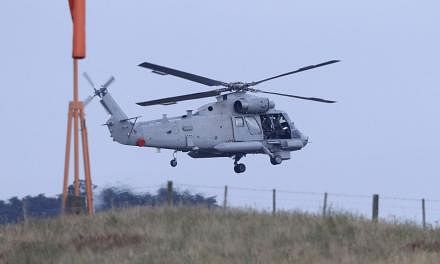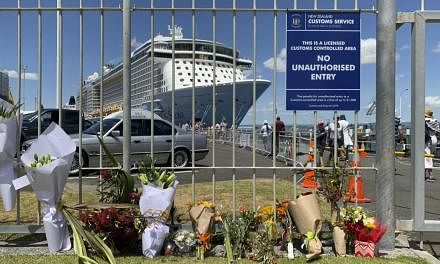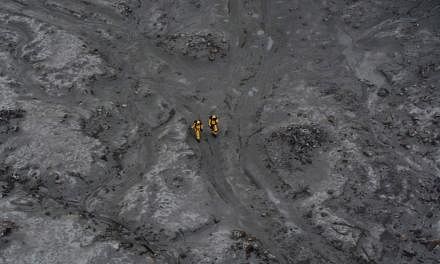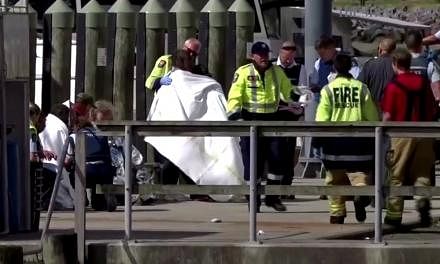The decision to allow tourists to visit an active volcano in New Zealand - which was known to be prone to unpredictable eruptions - has come under question, as experts warned it is impossible to provide safe notice of such explosions.
As police launched an investigation into this week's disaster at White Island, volcano experts were divided over whether tourists should be allowed to visit.
Three weeks before the eruption, New Zealand's GeoNet, a hazard monitoring service, lifted the alert level at White Island from one to two due to "moderate and heightened volcanic unrest".
This was not considered enough to prompt an evacuation.
GeoNet has issued five bulletins about White Island since late September, including three in the three weeks before the incident. Six days before the eruption, it said "volcanic gas emission and seismic activity continue to remain elevated".
But experts did not think tour operators should have cancelled visits on the basis of the heightened alert, saying the sort of eruption that occurred on Monday is extremely difficult to predict.
This is because, unlike large-scale magma eruptions, this one was almost certainly a phreatomagmatic eruption, meaning it was effectively caused by steam pressure.
Such eruptions can be detected only minutes, or seconds, before they happen from signs such as volcanic tremors.
"It is virtually impossible to forecast," said Associate Professor Oliver Nebel, a volcano expert from Monash University.
"You may feel rumblings underground, but with minutes to react, it is nearly impossible to evacuate people out of the caldera."
As volcano tourism has increased around the world in recent years, White Island has attracted more visitors. It saw 17,000 last year. An Australian who visited in March said on the TripAdvisor website that "the place was memorable and haunting".
But opinion is now divided on whether such tours should continue.
Professor Ray Cas from Monash University said the volcano experienced significant explosive eruptions every three to five years and should not be open to daily tour groups. "White Island has been a disaster waiting to happen for many years," he told the Australian Science Media Centre.
"Having visited it twice, I have always felt that it was too dangerous to allow the daily tour groups that visit the uninhabited island volcano by boat and helicopter."
But other experts said tourists should be allowed to visit if they appreciated the risk.
"If you go onto an island like this or an active hazard zone, you take a risk," said Prof Nebel.
"As long as people understand the risks, it is fair enough. It is a fantastic environment."
Experts warned that the latest eruption could be followed by more. GeoNet lifted its alert level to four (out of five) immediately after the eruption, but later reduced it to three.
New Zealand has experienced more than 60 steam-based volcanic eruptions in the past 100 years. Several have been deadly.
Professor Richard Arculus, a volcanologist from the Australian National University, told The Straits Times the eruption this week likely resulted from growing pressure in small cavities that eventually burst.
"The volcano is choking itself," he said. "Instead of the gases and groundwater being able to escape, it forms a seal that can eventually be broken and the gases and magma and groundwater can break out and all hell breaks loose."
Prof Arculus said he was undecided on whether tourists should be allowed to visit. But he said experts and the authorities should examine whether there is any way to improve eruption detection or safety.
"I have been to volcanoes lots of times and I appreciate the risk," he said. "Tourists may not appreciate the dangers they are putting themselves in... Let's take a breath and think about what we have learnt from it. Is there a way to do it better?"

